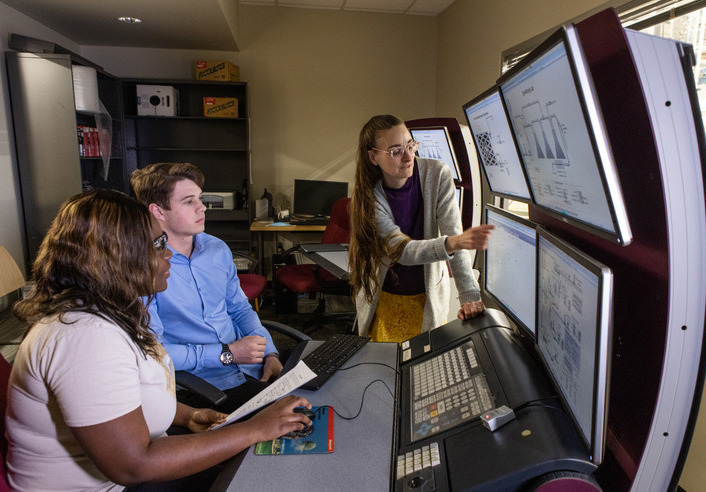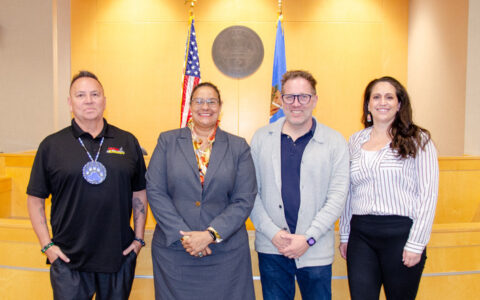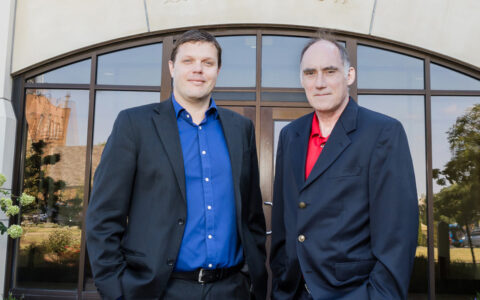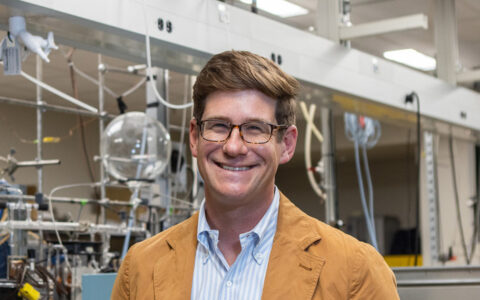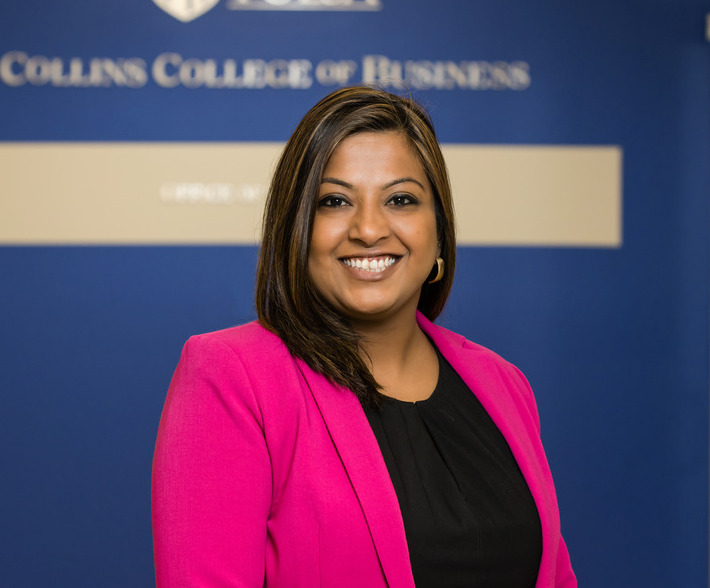Empower your career, lead your way and join a new generation of energy professionals.
While our energy department has strong ties to the oil and gas sector, our programs reflect the philosophy that the energy industry is an evolving field and must be viewed from a long-term, sustainable perspective. Guided by a diverse group of faculty, you will receive advanced training in upstream, midstream, and downstream oil and gas business functions and operations.
Our rigorous and interdisciplinary coursework combines traditional academic expertise with practical experience, allowing you to investigate various aspects of other industry sectors, including alternative fuels, power, and energy efficiency.
We offer undergraduate and graduate programs taught in small groups by our expert faculty, who are active in numerous professional associations and engage in research at the intersection of business, science, and technology.







